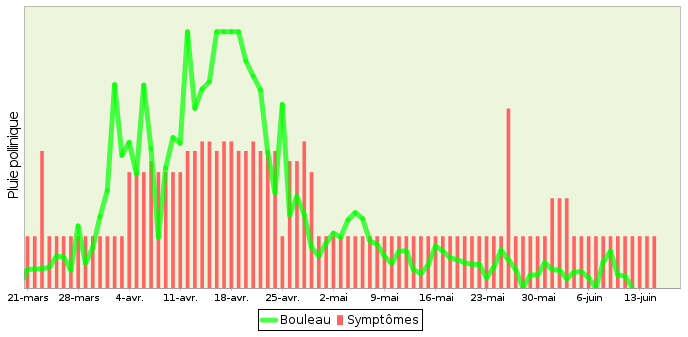Vegetation in town:
Information guide about plants with allergenic pollens
Pollen diary
Compare your symptoms to pollen concentrations on pollendiary.com
Updated 14th of March
With the return of rain and cold this week, allergy sufferers can breathe a little easier!
Beware, however, of Cupressaceae-Taxaceae pollens (cypress, cedar, juniper), which will continue to be a major problem for allergy sufferers in the south of the country, with a high risk of allergy on sunnier days. Elsewhere in France, the risk will be low to moderate for these pollens.
Alder (Betulaceae family) and ash will continue to flower, with a medium risk of allergy throughout the country.
Urticaceous pollen (parietaria) is also present in the Mediterranean, with a low to medium risk of allergy.
Finally, poplars, hornbeams and willows are also flowering, with a lower allergy risk in some départements.

